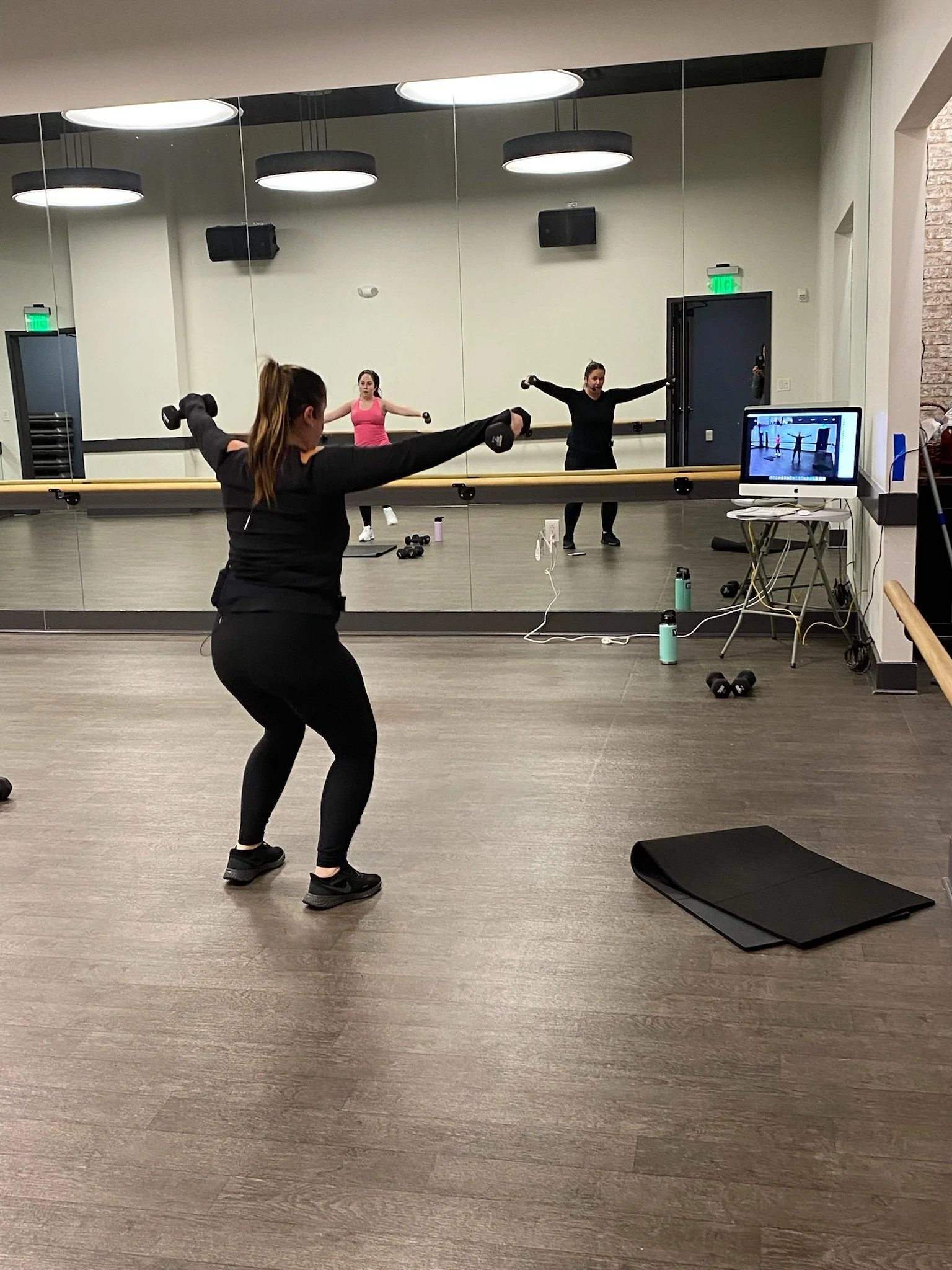How to Do a Time Audit
When we ask people the biggest obstacle that gets in the way of their fitness routine and achieving their goals they more often than not answer, “lack of time!”
If you’re like us, then your day is filled with a million and one things and by the time you get a chance to catch your breath you don’t even have time to take a look at what you’ve even accomplished.
Fortunately, there are some simple strategies you can implement to help take your time back and finally get things done so you can work towards and achieve your goals.
Step number 1? A time audit!
A time audit is a great way to get a clear picture of where you are spending your time and where you are NOT spending your time. If you’ve ever hit 8 PM and wondered, “where did the time go?” then a time audit is for you!
Before you get started, grab a free time audit template to guide you through the process.
How to Do a Time Audit
Step #1: Set your time goals and intentions.
Before you actually get started with your time audit, it’s best to set your intentions.
How do you want to spend your time?
What are some non-negotiables for you?
What are your goals and what actions do you need to have in your calendar to help you achieve those goals?
Take some time to brainstorm on these questions. After you do your time audit, you can go back to these answers and compare and contrast with how you are actually spending your time.
Step #2: Perform the time audit
Now it’s time to perform the time audit. You can do this a few different ways. You can use a simple timer on your phone or a manual one and a pen and paper. You can use a timer and your notes app in your phone or you can grab one of the many, simple apps out there specifically designed for time audits.
Our favorite is Toggl Time Tracker. You can get it on your phone and whenever you change your activity you simply tap the button.
How long should you perform the time audit? Ideally you’d want to track your time for 24/7 for an entire week, BUT you’ll definitely start to get a sense of the amount of time you are spending on different tasks with even just one day of tracking.
So if an entire week of tracking feels overwhelming, give just a day a try. It’s such an eye opener!
Once you are finished with the time audit, you can always go back to the app or timer for individual tasks that you are wondering how long are taking you to complete. Whenever I add in a new task or routine I will track how long it’ll take me to complete so I know about how much time to give myself when I go to schedule out my week ahead.
The first time I perform a new task typically takes me the longest. This leads me to overestimating how long it’ll take me to perform the task going forward and then it always feels so good when I end up having extra time open up in my schedule because I finished a task earlier.
Another reason we are big fans of toggl is because it allows you to take notes. While you are performing the time audit, be sure to write down how you are feeling in that moment. You can create a simple system in your head. For example, if I’m feeling productive I’ll add in a +, if I’m feeling unproductive I’ll add in a - and if I’m feeling neutral or somewhere in between I’ll add a 0.
When you know how productive you are feeling, you can plan out your schedule in a way that makes sense. If you are feeling more productive in the morning, then you are going to want to get done all those creative tasks or things that require more concentration or skill in the morning. If you are feeling unproductive by the time the afternoon rolls around, the last thing you want to schedule in your day is something that is mentally draining.
Step #3: Evaluate your time audit
Now that you’ve gone through your time audit, it’s time to take a look at the results and see how they align with your goals and intentions you wrote down before the time audit.
Toggl will show you graphs and charts that show where you are spending the majority of your time, but you can also make your own as well.
Go through your list of how you’ve spent your time and question each item.
Is this activity something that’ll help me reach my goal or goals?
Is this activity something that is having a positive impact on my life or negative?
Write down your list from the activities you spent the most of your time doing to the least. Then go through and answer the questions about. It may even be helpful to color code your responses with green (for having a positive impact), red (for having a negative impact) or yellow (having a neutral impact).
Step #4: Write down your goals based on your results.
Now that you have finished your time audit and evaluated the results, it’s time to write your new goals and intentions. Take a look at your initial goals and intentions from before the time audit. Now it’s time to come up with a plan.
We love using SMART goals because they are specific, measurable, attainable, relevant and time bound so you actually achieve those goals.
If you’ve realized that you are spending too much time scrolling on instagram then you can come up with a plan.
E.g. “I will put my phone down and away starting at 8 PM at night so I don’t look at instagram for the next four weeks.”
If you’ve realized that you are not spending as much positive time with your kids as you’d like then you can come up with a plan.
E.g. “I will start reading time with my children every night from 7:00-7:30 PM for the next four weeks in addition to a family game night once a week for the next four weeks.”
Whatever your goals are after doing the time audit it’s easier to come up with a plan.
Have you ever tried a time audit? If you’re looking for a little extra motivation then be sure to book your VIP call with us today!

